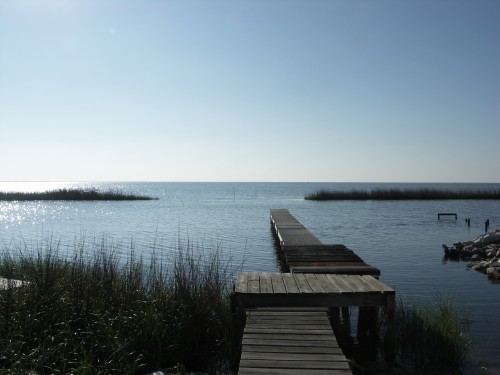
Terrebonne school taxes or cuts could be looming
July 3, 2012OUR VIEW: July 4th requires America’s participation
July 3, 2012It may be a case of nature fooling human impact and efforts to correct damages.
A study published in the Proceedings of the National Academy of Sciences last week stated that the April 2010 BP oil spill contributed to rapid coastal erosion in Barataria Bay. The research also found that although erosion rates increased immediately following the BP spill, during the past year and a half erosion rates have returned to their levels prior to the spill.
Conducted by the University of Florida, the study incorporated field observations, experimental evaluations, and wave-propagation modeling. The results found that oil coverage in the Barataria Bay was concentrated on the seaward marshes. The threshold of oil released was associated with the severity of salt-marsh damage. Oil-driven plant death on marsh edges doubled shoreline erosion rates.
Most significantly, the study found 18 months after the spill, that grasses have recovered to their level prior to the oil spill. Salt-marsh die-off is credited with stalling oil intrusion
“Our results suggest there are reasons for both optimism and concern about the impact of this oil spill on the Mississippi deltaic marshes of Louisiana,” the study says. “On one hand our results reveal that marsh vegetation displays remarkable resilience to oil spills by concentrating and confining the effects of oil to the marsh edge, recovering fully in non-eroded areas.”
On the other hand, marsh-blocking oil comes with a cost because seaward marshes still die. “Subsequent sediment exposure to waves resulted in more than doubling the rate of erosion of the intertidal platform, leading to permanent marsh ecosystem loss.”
According to the study, erosion levels of the observed area have a normal erosion rate of 5-feet per year. Immediately following the BP spill, shoreline erosion increased to 10 feet. Since then, however, healthy marsh has begun to grow on interior areas.
Responding to the study, BP Media and Communications Director Ray Melick said BP conducted marsh cleanup activities under the direction of the U.S. Coast Guard, Louisiana Department of Environmental Quality and the Louisiana Department of Wildlife and Fisheries.
“Great care was taken to prevent further damage to marsh vegetation from oil removal actions or from the presence of people and machinery,” Melick said in an email statement. “We continue to review reports such as this one by the National Academy of Sciences. While no study can be considered conclusive, research of this type is essential to our greater understanding of the impact, or lack thereof, of the Deepwater Horizon accident on the environment of the Gulf of Mexico region.”
The bottom line, according to the study is that relative to land loss that has taken place during the past century, the impact of the BP oil spill was “relatively small” and a “temporary event.”
A new study claims that any added coastal erosion damage caused by the April 2010, BP Deepwater Horizon disaster was relatively small and temporary in nature.








